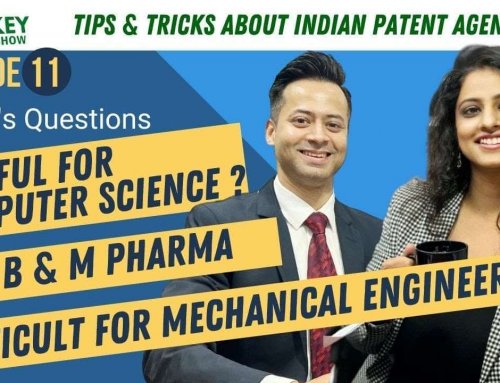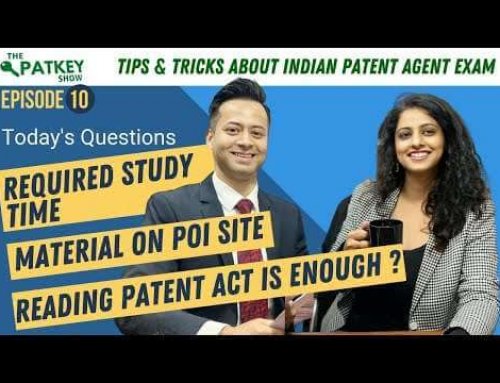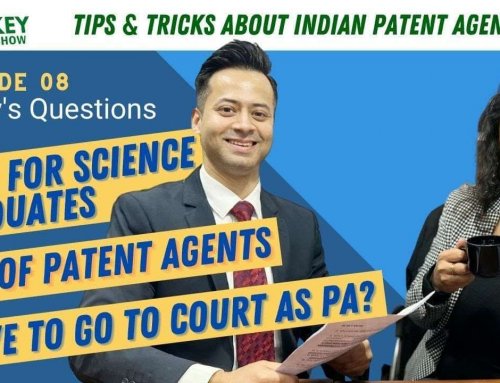The President believes that will require Republicans to enact legislation on the issues central to the President’s campaign and the party Platform; issues Republicans have been complaining about over the past eight years. The mismatched re-election priorities of Republicans can be expected to continue roiling Capitol Hill throughout the remainder of 2017 and likely into 2018. With healthcare and tax reform likely to take up much of the summer oxygen in Washington, DC, and into the fall of 2017 when insurance premium hikes will be announced again, what, if any, signature Republican issues will be addressed remains in significant doubt.
What will the current state of Congressional legislative enactment capacity mean for patent reform?
An argument could be made that so much energy will be placed elsewhere that matters of peripheral importance in the greater scheme like patent reform will receive no attention. But intellectual property generally and patent policy more specifically tends to be an apolitical issue where ideologues on both sides of the aisle can reach agreement. Without knowing how the cards will fall, and given that those who perpetually seek patent reform are once again working the halls of the Capitol, prudence suggests that those with a pro-patent vision remain ever vigilant.
Last week IPWatchdog.com explained why eBay, Mayo and the creation of the Patent Trial and Appeal Board to hear post-grant challenges to patents were the three most significant legal causes of today’s patent crisis. The common thread that led to each “event” was a brilliant anti-patent strategy that converted policy maker apathy towards patents and our nation’s innovation ecosystem into a belief that simply stopping a few bad actors by passing comprehensive patent litigation reform would solve any ills.
The beauty of Patent Troll
The beauty of the patent troll narrative was it took little time to absorb and instantly painted a pejorative picture in the minds-eye of the listener. It became easy to repeat. Its bumper-sticker simplicity led to widespread usage, which ultimately (and quickly) became accepted as fact without much, if any, critical thought. Most important, the strategy by-passed the arcane complexity of its convoluted subject matter by shifting the burden of Congressional persuasion to its victimized and under-resourced opponents. Politically outmatched from the start – inventors and innovators had, up until this point in our history, always been held in high esteem were overwhelmed. That suddenly changed with the patent troll narrative and inventors became persona non grata, even viewed as evil and villainous. Indeed patent reform’s innate obscurity was its most important ally.
The efficient infringement narrative is no more complicated than the troll narrative. The patent troll narrative just reached the Hill first, which means the story of efficient infringers trampling patent property rights, though perfectly true, has a tougher road given it must not only gain its own traction but it has to undo the damage caused by the misleading patent troll narrative.
To be re-elected Congress may need to focus on less obscure issues this year than patent reform. But if party leaders choose to consider patent reform the bill will be driven by the patent troll narrative, not it’s content. Pro-patent Senator Chris Coons (D-DE) has wisely reminded us that Congress likes to learn through stories. Patent reform’s proponents will again bypass content explanations by repeating the patent troll narrative. Pro-patent opponents can respond with their own efficient infringement narrative.





